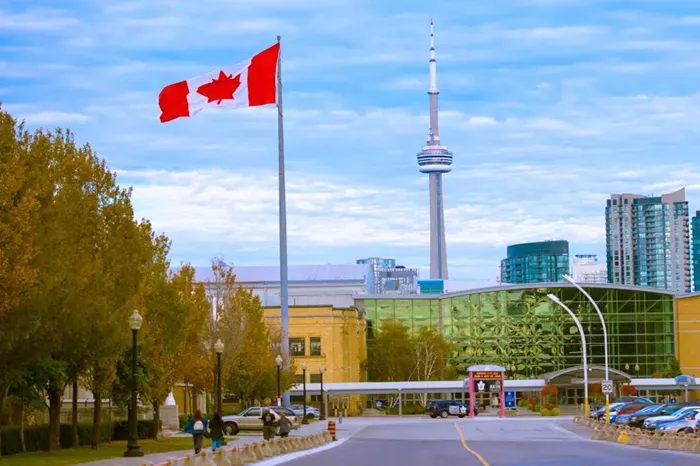Immigration Minister Marc Miller previously stated that he does not foresee lowering Canada’s immigration targets, despite concerns that rising numbers could worsen the housing crisis. In August 2023, shortly after taking over his role, Miller emphasized the need for immigrants to meet Canada’s demands, saying, “Looking at the numbers and knowing what I know and the needs that exist in Canada, I don’t see a world in which we decrease it currently” .
However, as the federal government prepares to announce new immigration targets on November 1, Miller’s recent comments have become less definitive. At a press conference on September 18, he noted, “I am considering a lot of things… we are putting together a number of propositions,” indicating that decisions would be made in cabinet before the announcement .
Prime Minister Justin Trudeau echoed this uncertainty during a press conference on August 26, stating that discussions about immigration numbers are ongoing and that adjustments are made based on economic needs . This shift in tone reflects changing public sentiment about immigration. A July poll by Leger Marketing found that 60% of Canadians believe there are too many immigrants, a significant increase from 35% in 2019 .
The increase in immigration has been substantial; Canada doubled the number of non-permanent residents—such as students and temporary workers—from 1.3 million in 2022 to 2.8 million by mid-2024. This surge aimed to address job vacancies following the pandemic and helped prevent a recession by boosting economic output. However, Miller acknowledged that some immigration programs had become “overheated” and stated that his team plans to reduce temporary residents to 5% of the overall population by 2026 from the current 6.5% .
Economists are calling for a more stable immigration policy. Bank of Montreal chief economist Douglas Porter pointed out the challenges of using immigration policy to manage labor market needs, suggesting it could lead to unintended consequences . Immigration plays a crucial role in Canada’s economy; newcomers make up over one-third of the workforce in key sectors like food services and transportation due to an aging population .
Each year, the federal government sets its Immigration Levels Plan to determine how many permanent residents to welcome over the next three years. The targets have generally increased annually. For instance, Canada aimed for 465,000 permanent residents in 2023, with plans for 485,000 in 2024 and 500,000 in 2025. This year’s announcement is particularly anticipated as it will also include targets for non-permanent residents for the first time .
Analysts suggest that a reduction in targets may be possible due to concerns about infrastructure capacity and economic absorption rates. Bank of Nova Scotia economist Rebekah Young noted a consensus that Canada has reached its capacity for population growth without corresponding increases in housing and services .
Businesses are wary of cuts to economic immigrants as many sectors continue to face labor shortages. Diana Palmerin-Velasco from the Canadian Chamber of Commerce emphasized the need for balance between political pressures and economic needs .
While some economists expect the government will maintain its target at around 500,000 permanent residents due to economic demands, others see potential for adjustments based on current pressures . The focus is likely to remain on managing non-permanent resident numbers as part of broader immigration strategy reforms
Related topics:
- USCIS Announces H-2B Visa Cap Reached for FY 2025: What You Need to Know
- Indonesia and Nepal Sign Visa-Free Agreement for Diplomatic and Service Passports
- Visa Backlog Concerns Grow for 2026 World Cup and 2028 Olympics


